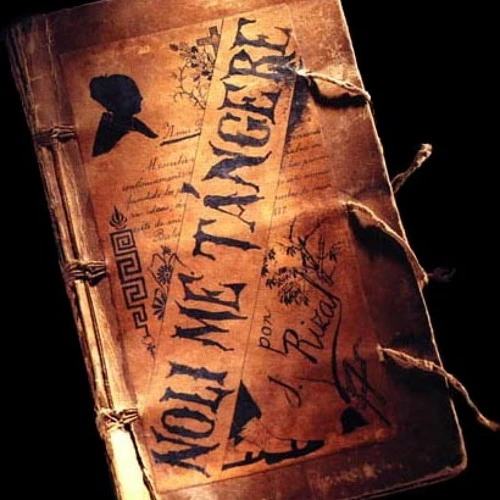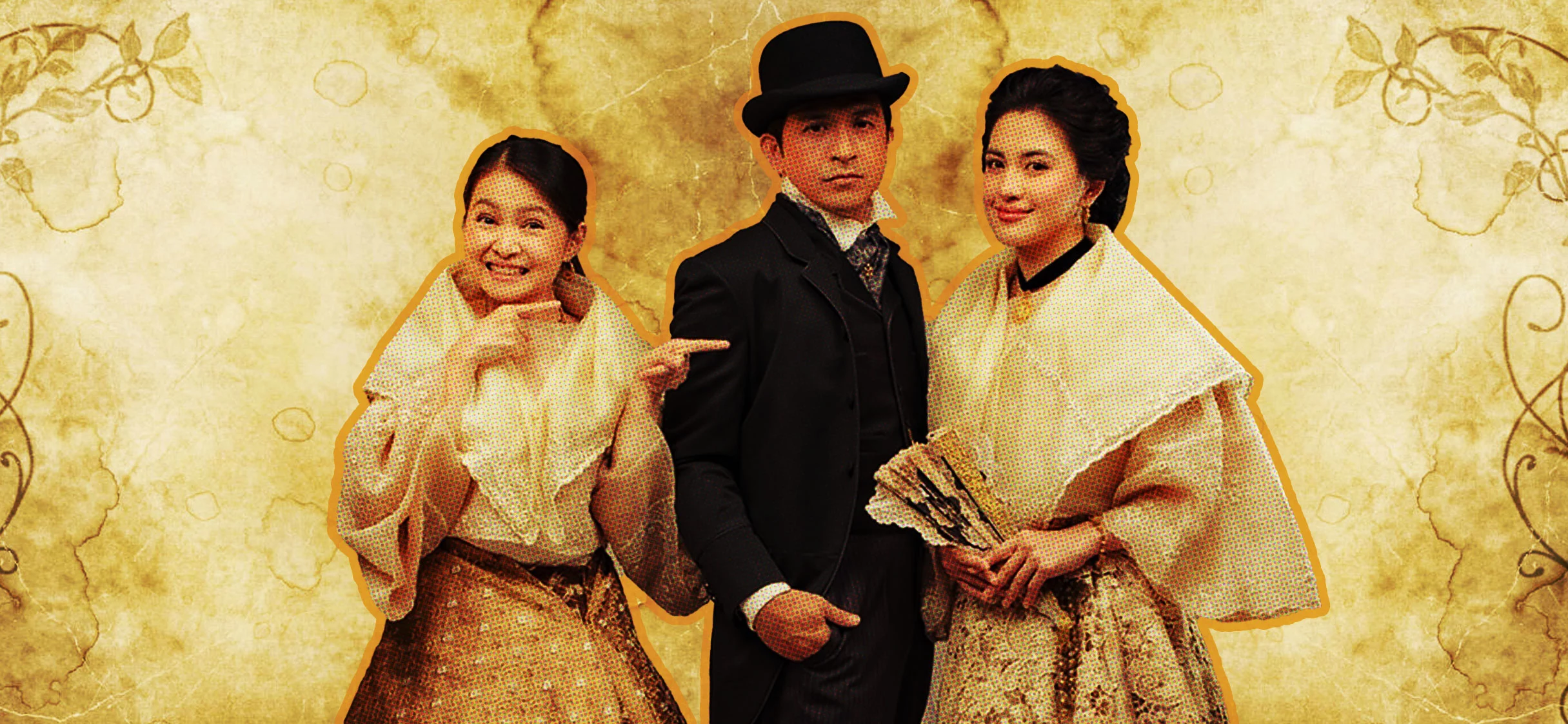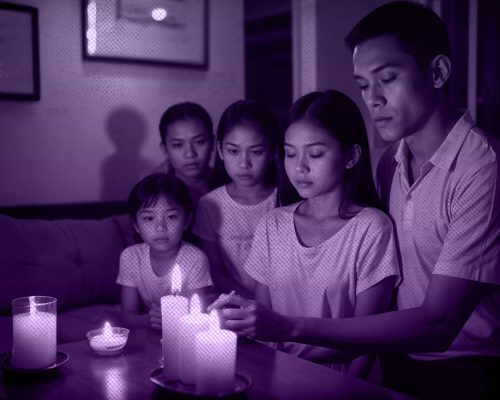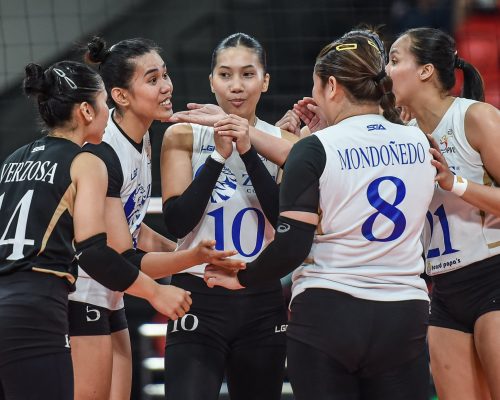Having trouble digesting Noli Me Tangere by Jose Rizal? Needing a guide to navigate the plot and the embedded metaphors?
GMA 7’s latest historical, fantasy drama “Maria Clara at Ibarra” might just be what you need! It is currently one of the highly anticipated dramas of GMA, especially amongst the primetime shows. Peaking at 15.1% within four days after its premiere on October 3rd of this year, the drama continues to soar both in terms of ratings and trends.
Hence, these are 7 things about #MCI that got people coming back for more! Be warned, SPOILERS ahead…
Educational Features

Significant parts of MCI’s plot are based on Noli Me Tangere. The novel written by Rizal is part of high school curriculums and it’s being taught to majority of the Filipino youth. MCI provides a fun and unique approach to Noli Me Tangere that could both entertain and teach people of varying ages regarding a topic so complex such as the novel in its entirety.
Consequently, the drama also provide knowledge on Philippine beliefs, customs and traditions that existed during Spanish colonization. It allows the viewers to see the state of the country and the Filipino nation back in 1700’s-1800’s.
Moreover, since the female lead Klay is a nurse, the show also mentioned and demonstrated a couple of medical concepts and procedures, respectively.
Philippine Culture and History
MCI is a Filipino show in all angles. It showcases Philippine’s reality in both the modern times and during Spanish colonization. Noli Me Tangere, in itself, is reflective of Philippine history as it directly and metaphorically showcases what the country and Filipinos went through in the hands of the Spaniards; thus MCI, which adapts the plot of the said novel, is also the same.
Furthermore, the drama also effectively captured the Filipinos’ ways of life during the Spanish era. Whether it be religious or social customs, patriarchal system, conservative behaviour and attire, social ranking system and more, MCI sure became a comprehensive and fun guide to Philippine culture and history.
Romantic Comedy Genre
MCI exhibits a parallel narrative of its literary basis, Noli Me Tangere. While both stories managed to efficiently showcase serious and complex topics like history, colonization, patriarchy, rights, medicine and a lot more in its every run, unlike the latter, the former has a more laid back vibe. The romantic comedy touch of the drama became one of the main factors that hooked people in.
MCI has two prominent couples. Ibarra and Maria Clara form the more serious couple who is loyal to the original narrative. While their portrayal in the show enabled the audience to see a more realistic, relatable and more “human” couple, their love for each other is how Rizal wrote it in his novel. The budding couple Klay and Fidel is the other highly anticipated pairing. Their chemistry, akin to an “enemies (but not really)-to-lovers” trope which a lot of modern shows exhibit, gives the drama a different yet addicting flavour.
In addition to the romance, the comedy mainly brought by the character of Klay was also proven effective to turn a boring, history-laden drama to an entertaining one.
Fantasy Genre
The plot of MCI is not an ordinary one. Indeed, there were shows who already explored the mystique of “getting into books or stories”, but the drama was the first to do so against such a heavy, historical text like Noli. Without this feature, the drama could pass for a boring one because, let’s face it, not many appreciate history and a simple re-telling of such a thick, complicated novel.
The fantasy aspect of the drama served as the connection between history and the people of today, knowledge and art, show and audience. This genre, mixed with the educational and romantic features, make such a promising drama.
Set and Props
The vintage, historic infrastructures seen in MCI are mostly shot in Vigan and Ilocos. The old houses and churches were actual buildings built in the said areas. The streets are also actual streets which were recorded as cultural itineraries for tourists. Real sets and a couple of green screens make up the setting of MCI.
It doesn’t end with the set, however, as the production team went out their way to create “props” that would fit the timeline which the drama is set in. There were also CGI or graphics used along the way – for example, the crocodile or buwaya which was seen in two recent episodes of the show.
Both set and props made the show so realistic, as if, the viewers are truly taken back in time and into the book that Rizal wrote.
Plot
The plot of MCI is what made it stand out against other dramas during primetime. As stated paragraphs before, it is a perfect mixture of history, mystique, angst, romance, culture and fun in a single story.
The plot showcases two vastly different timelines – the past and the present – but, so far, the two eras flowed unto each other flawlessly. In addition to this, the plot didn’t try too hard to embed hints of the “present” into the timeline of the “past” – every transition went as smooth as butter.
Filipino shows tend to have an overused, predictable plot, but MCI’s story never fails to keep the viewers on their toes, and that is its charm.
Perfect Casting
This is another aspect that paved the way for MCI to acquire such high ratings. Every cast of the show fit the character they represent. The portrayals were so natural and impactful. For instance, Klay, who was played by Barbie Forteza, was effortlessly entertaining and fierce at the same time. Julie Anne also possess the same elegance and demureness as Maria Clara.
Everyone else did a great job in giving an identity to their character. Together, they made the drama worthwhile.
These are just few of the reasons why “Maria Clara at Ibarra” became a well-loved drama. Go give it a shot and dive into the incredible world of Noli Me Tangere.



























